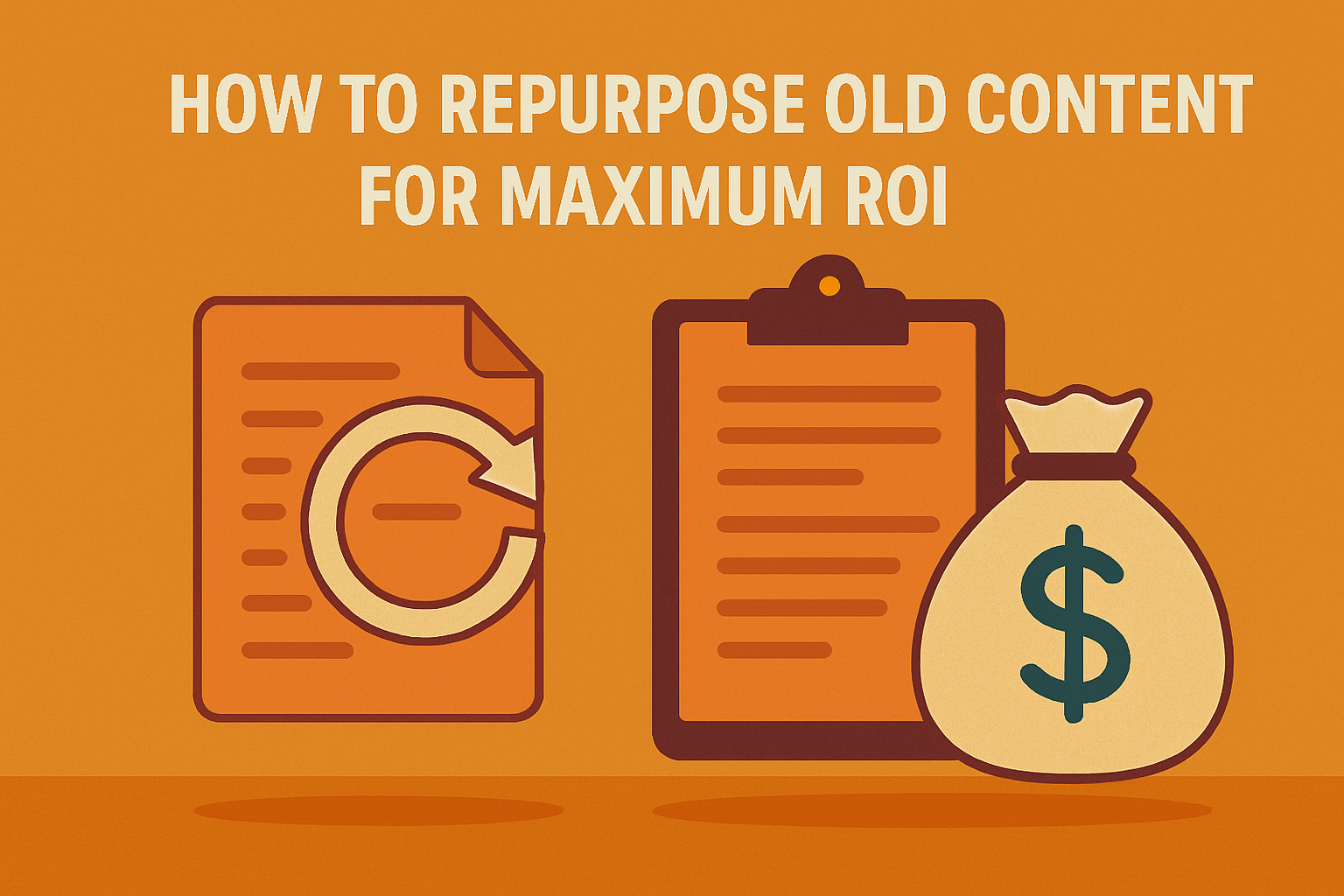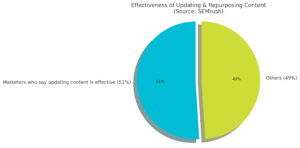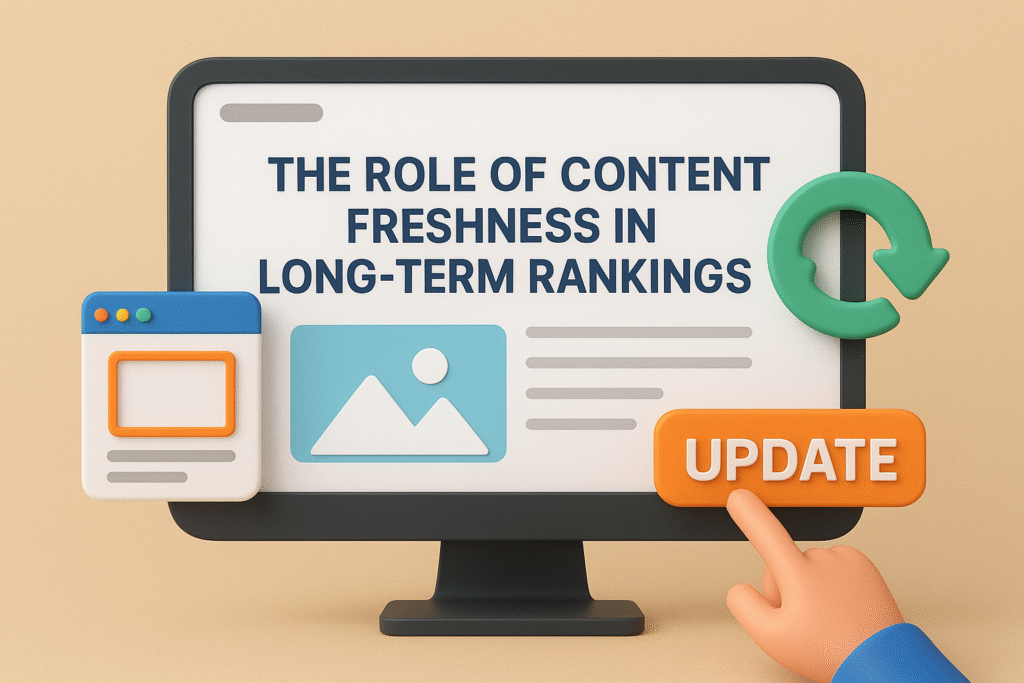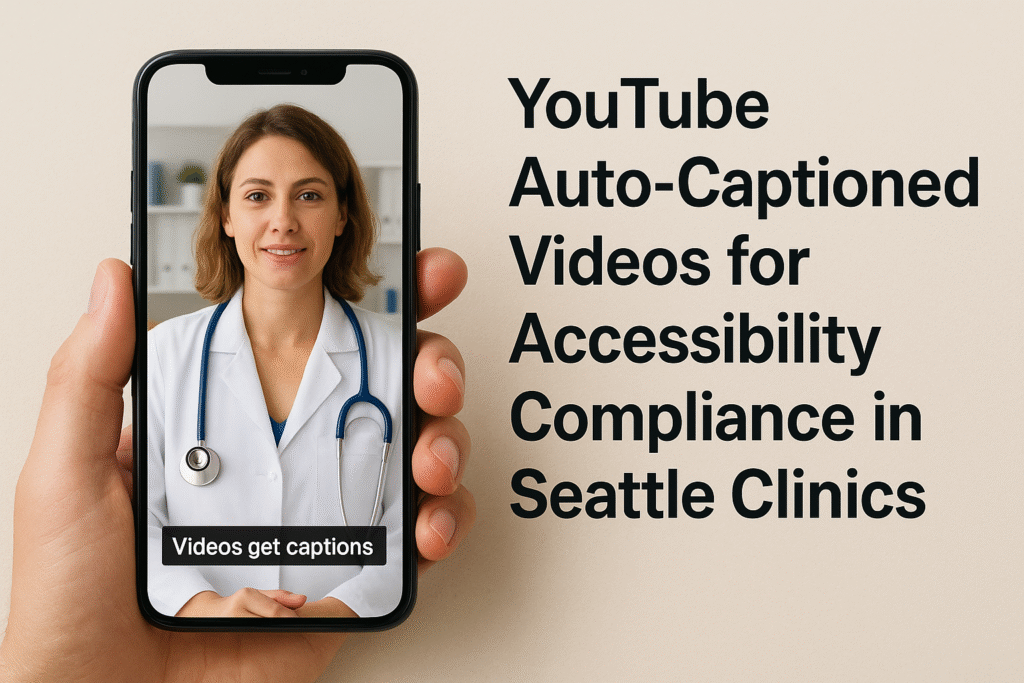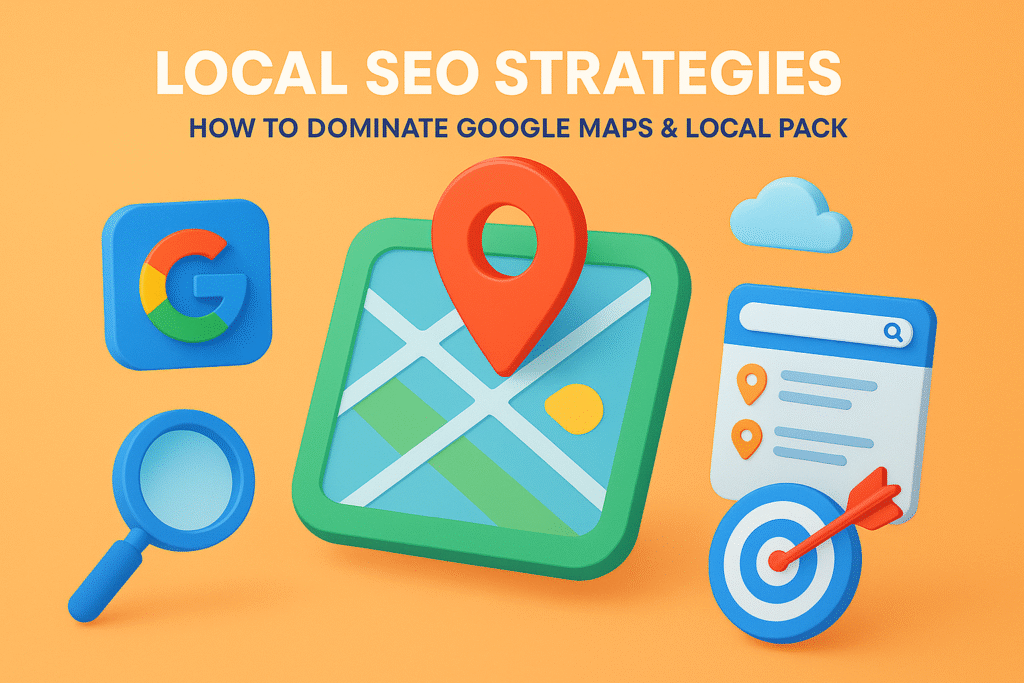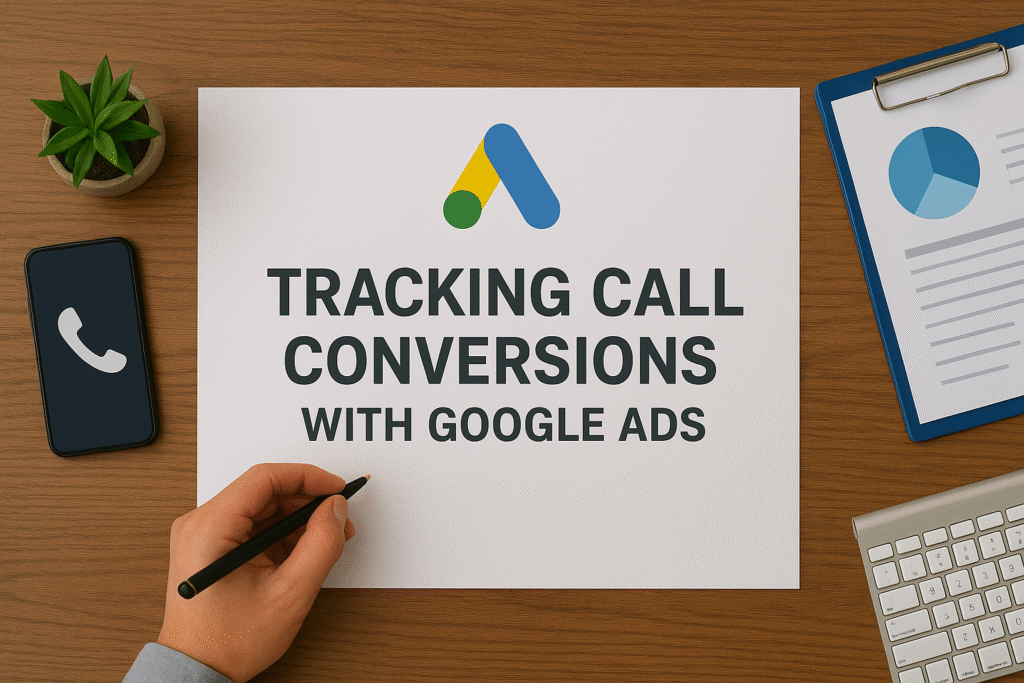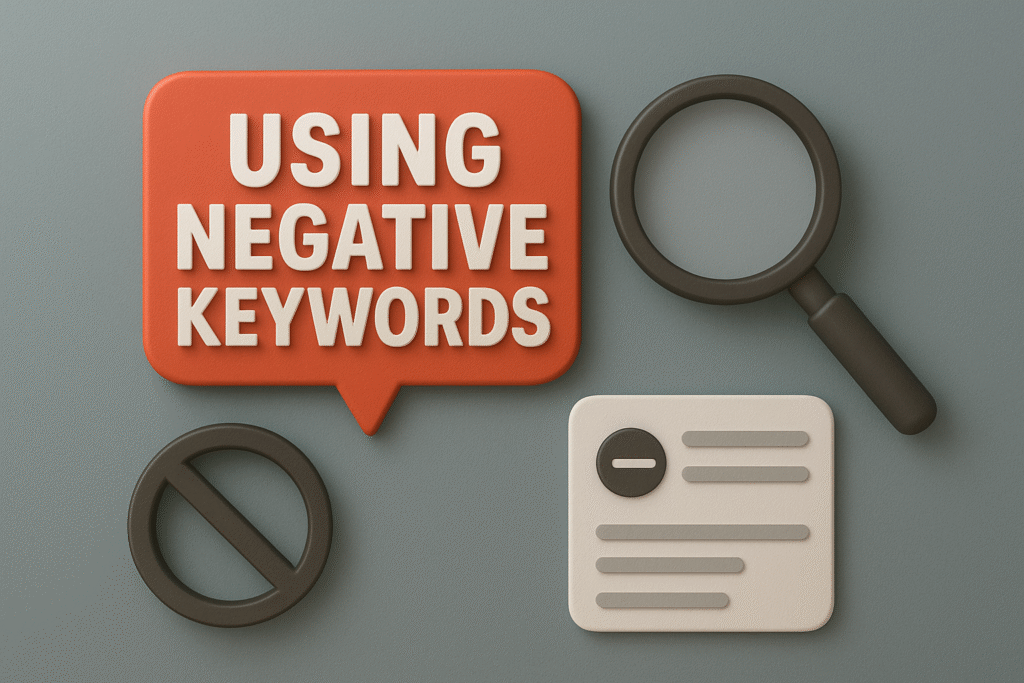If you’re producing content consistently, chances are your site already holds a massive archive of blogs, guides, and articles. But most businesses forget this one powerful strategy: repurpose content for SEO. I’ve built entire traffic growth strategies not from writing more, but from repurposing what I already had—and doing it right. Repurposing old content not only gives you a second chance to rank, but also amplifies ROI, strengthens authority, and increases visibility across platforms.
Repurpose content for SEO isn’t just a tip—it’s a scalable strategy. I’ve used it to triple blog traffic in 60 days, rank for newly trending keywords, and build thought leadership in multiple verticals without touching new topics.
“According to SEMrush, 51% of marketers say updating and repurposing existing content is one of their most effective content marketing strategies.”
Source: SEMrush
Why Repurpose Content for SEO Instead of Starting Fresh
Creating new content is important, but your existing content already has a history with Google—indexed pages, backlinks, and keyword positioning. When I repurpose content for SEO, I’m building on top of that momentum instead of starting over. Search engines love fresh, updated, and detailed content. When you improve older pages, you increase ranking potential and extend the life of that investment.
Repurposing allows you to:
- Re-target keywords more accurately
- Refresh outdated statistics or tools
- Fix content gaps or user experience issues
- Reach new audiences on different channels
The power of this strategy lies in extending visibility without repeating effort. That’s how I continuously scale traffic for content-heavy sites without increasing workload.
Step 1: Identify High-Potential Content to Repurpose
The first thing I do is perform a content audit. I pull data from Google Search Console and Ahrefs to find existing blog posts or pages that:
- Rank on page 2 or lower for valuable keywords
- Used to perform well but have declined in impressions
- Get steady traffic but have high bounce rates
- Were written before 2022 or earlier and mention outdated data
These are perfect candidates to repurpose content for SEO because they already have equity with Google. All they need is a strategic refresh.
I use tools like Google Search Console to find top queries and compare URL performance, and Ahrefs to see how keyword rankings and backlinks are trending.
Step 2: Refresh Content with New SEO Goals
Next, I optimize the old piece using new keyword insights and user behavior patterns. I rewrite paragraphs, restructure subheadings, and make sure the page aligns with current SEO best practices. I use Surfer SEO to evaluate what’s missing and Yoast SEO to check the keyword optimization score.
What I change includes:
- H1 and H2 tags with the current focus keyword
- Meta title and description that include new variants of the phrase “repurpose content for SEO”
- Internal links to other blog posts to support a better crawl
- External links to tools or recent studies
“HubSpot found that refreshing old blog posts increased organic traffic by as much as 106%.”
Source: HubSpot
Step 3: Repurpose Content into New Formats
Once the core content is updated, I turn it into multiple assets designed to attract different audience segments. This is where you get the biggest return on time invested.
Here’s how I repurpose content for SEO across formats:
- Turn blog highlights into LinkedIn carousels using Canva
- Record a short-form explainer video for YouTube Shorts
- Break the blog into 3-part email series using ConvertKit
- Use Lumen5 to turn the article into a narrated video
- Summarize into an infographic for Pinterest or LinkedIn posts
- Create a podcast episode using Anchor discussing the main ideas
Each time I do this, I link back to the original blog post, which boosts traffic, helps with engagement, and creates natural backlinks.
“Repurposed content generates 48% more engagement and 65% more leads than non-repurposed content.”
Source: Content Marketing Institute
Step 4: Update the Original Post with Rich Media and New CTAs
Once the new formats are live, I embed them back into the original post. That includes videos, graphics, audio clips, or links to new resources. This not only improves dwell time but tells Google the page is alive, relevant, and valuable.
I also update the CTA (call-to-action). Instead of using the original CTA, I align it with my current offers, product pages, or lead magnets.
“Pro Tip: Use internal linking from new repurposed assets to drive authority back to your original blog post and increase ranking potential.”
Step 5: Monitor, Test, and Repeat
After republishing the improved post and its supporting assets, I monitor how it performs. I use Google Analytics and Looker Studio to track:
- Organic traffic growth to the updated post
- Keyword ranking improvements using Ahrefs
- Backlinks earned through infographic or social mentions
- Engagement data from new content formats
When I see positive signs — lower bounce rate, more shares, or backlinks — I know it’s time to repeat the process with another piece.
Final Thoughts
When I began to repurpose content for SEO regularly, I realized I didn’t need more content—I needed better use of the content I already had. Repurposing is the fastest way to improve traffic, build authority, and maximize ROI from content you’ve already created. It’s one of the most efficient strategies in SEO today.
If you’re ready to transform old posts into new traffic magnets, check out my content repurposing guide to start building a workflow that multiplies your results without multiplying your work.
FAQs about How to Repurpose Content for SEO
1. What does it mean to repurpose content for SEO?
Repurposing content for SEO means updating, restructuring, or transforming existing content to improve its ranking, visibility, and relevance in search engines without creating entirely new content from scratch.
2. How often should I repurpose old blog posts?
You should review and refresh high-traffic or evergreen blog posts every 6–12 months. Repurpose when a post’s traffic plateaus or when search trends change.
3. Can I repurpose content without affecting SEO negatively?
Yes. As long as the repurposed content provides added value, updated insights, and improved formatting, Google sees it as a positive signal. Always avoid duplicate content.
4. What types of content are best for repurposing?
Long-form guides, how-to posts, and evergreen topics perform best when repurposed into visuals, videos, social posts, podcasts, and newsletters.
5. Do I need special tools to repurpose content for SEO?
Not necessarily. But tools like Surfer SEO, Canva, Lumen5, and Anchor make the process easier and faster.
6. How do I know if my repurposing strategy is working?
Track traffic to the updated content, keyword position changes, social shares, backlinks, and conversions from repurposed versions using Google Analytics and Ahrefs.

